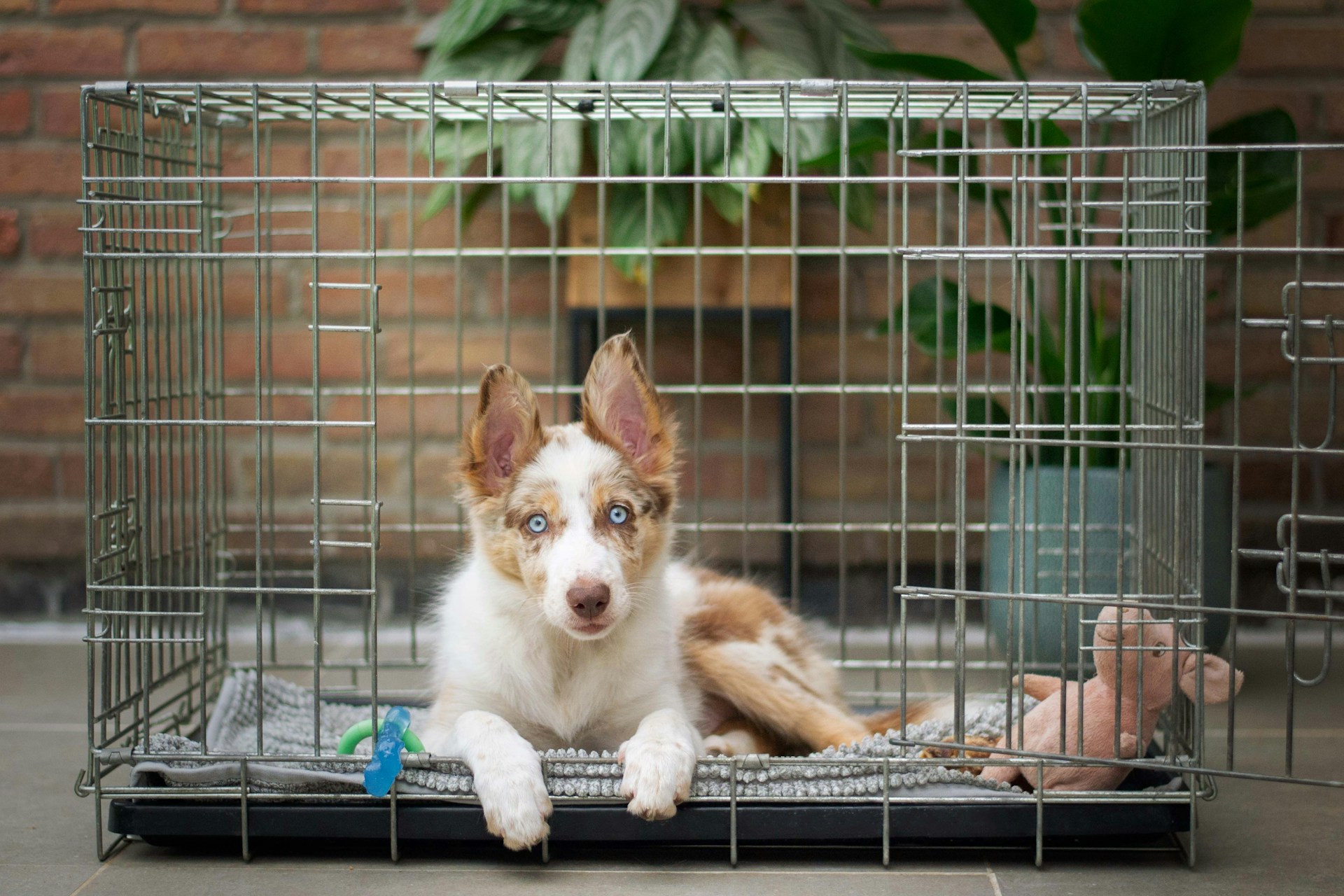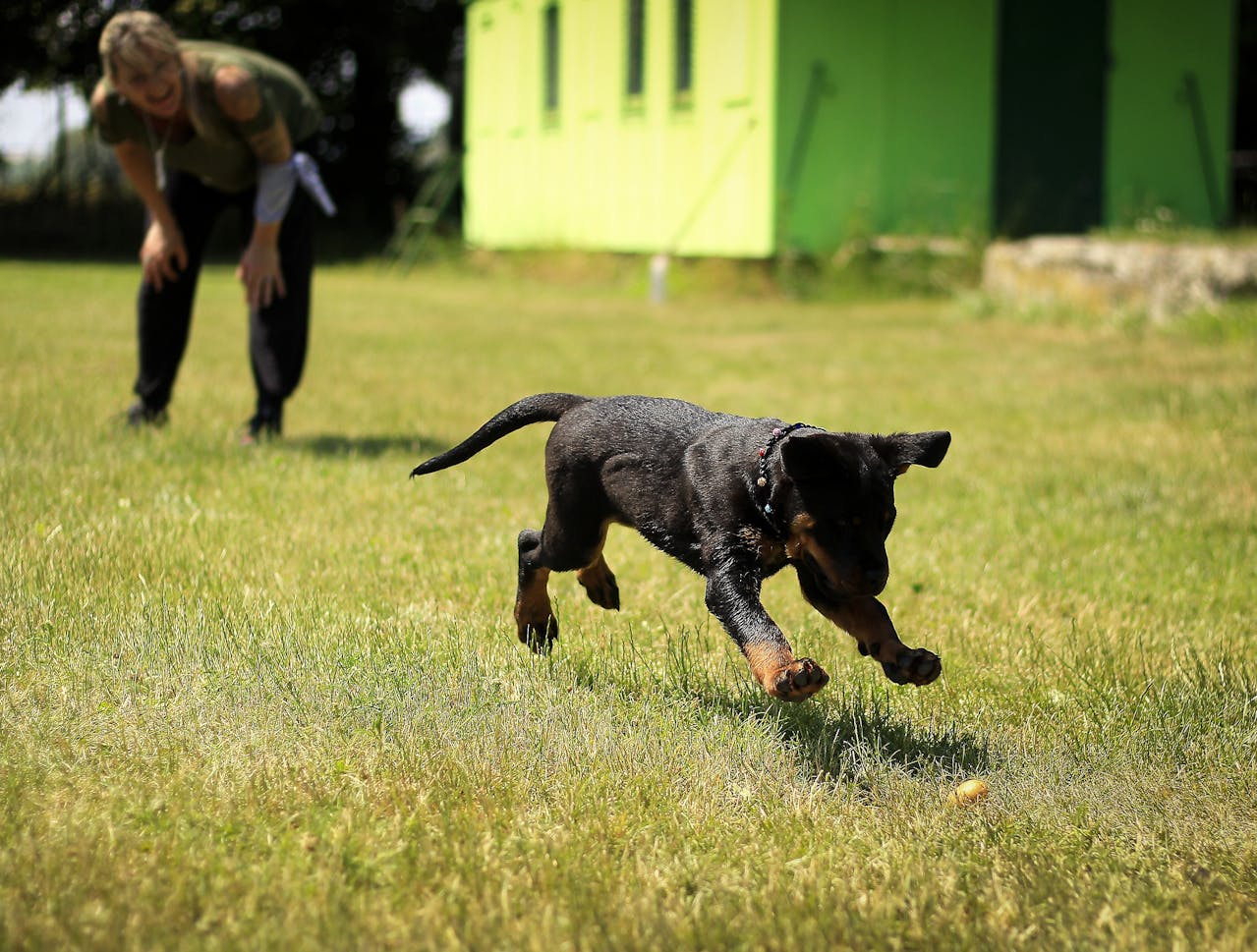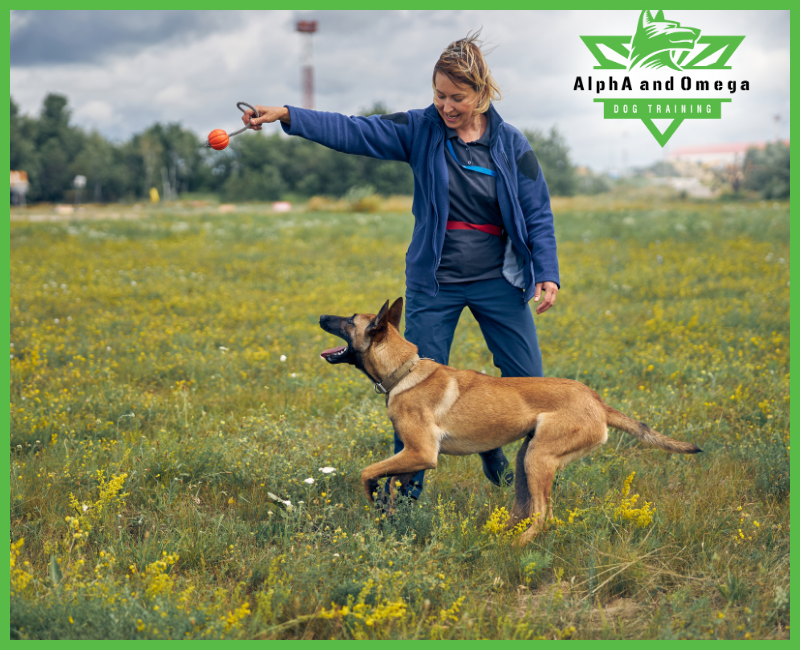Pets have long proven to provide social interaction and affection that we forget we need — especially over the past year. If 2021 is the year you decide a dog will help you and your family with energy and connectivity, it will be more challenging with an untrained dog. That’s where we come in. Call us while you are even THINKING about a new canine member for your family, and we will be happy to assist with determining what breed will be suitable for your unique situation. Here is a small example of some good family breeds.
Introduction:
Searching for a child-friendly fur baby to bring home to your family can be a tricky decision as you’d want your kids and dogs to have an almost magical connection with each other. Usually parents often consult friends or relatives when it comes to choosing a pet for their family. Searching for a fur baby who meets all the attributes such as loyal, caring and protective can be a tricky challenge. However, dogs make great pets for families, as they not only help teach your children to learn about responsibility, but also about unconditional love.
Factors That Make A Good Family Dog:
There are many factors that help in picking the right breed of dog so that it suits your family best. Regardless of whether a dog is a purebred or a mutt, these three factors can help you choose a good family dog:
-
Temperament:
Each breed has their own personality, so make sure to think about the types of temperament that would blend best with your family. For example, some dogs may be overly affectionate, while others avoid touching. Some dogs adapt well to new places, while others might take some time to get along with. You should be looking for an agreeable temperament. For instance, a calmer dog has the ability to form strong bonds and be a great companion for your kids.
-
Size:
Size greatly affects an animal’s behavior and actions. Size should be looked at in relation to both temperament and energy level. Some larger dogs tend to be obedient and calm, while some smaller dogs can be excitable. Also, make sure the size home you have can comfortably accommodate the breed you choose.
-
Energy Level:
This is a matter of preference for your family. Be realistic about the lifestyle you can provide to a dog that needs more exercise than average. If you can’t meet a dog’s needs, his excess energy can lead to behavior problems.
Top Three Picks:
-
Golden Retriever
-
Labrador Retriever
-
Newfoundland
“Golden Retriever”
The golden retriever is a smart, loyal and a muscular dog. The dense, lustrous coat of gold is the exact reason that gives the breed its name. This is an active dog displaying kindly, alert and self-confident expression. If trained properly, the Golden Retriever can easily adapt habits and are very easy-going with people. They are very well known to be the “Perfect Family Dog.” Golden Retriever usually hunts birds, however, they are very sporty; therefore, they love to swim and run the most. They also love to play retrieving games, such as playing with Frisbees and fetching stuff.
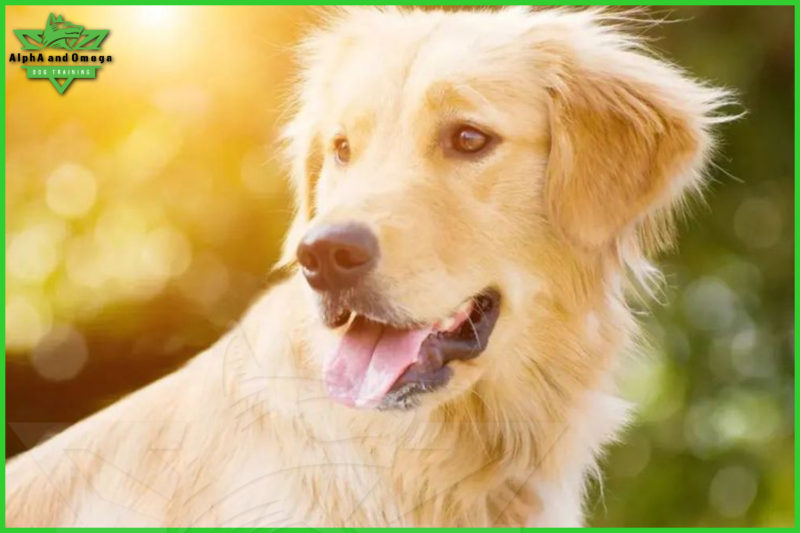
General Appearance:
According to the American Kennel Club standard, their coat is a “rich, lustrous golden of various shades”. These shades may be blonde, yellow, or gold. The coat is water repellent and somewhat wavy. It requires regular brushing and bathing.
The Goldens’ ears must also be cleaned regularly to avoid infections. They shed in small amounts throughout the year. The shedding can be lessened by regular grooming. Other basic grooming includes trimming the nails and brushing the teeth. Their sweet and outgoing nature is the reason behind their attractiveness. They take a joyous and playful approach to life and maintain this puppyish behavior into adulthood. These energetic, powerful gundogs enjoy outdoor play. Some basic structural features are as follows;
- Temperament: Friendly, Intelligent, Devoted
- Height: 23–24 inches (male), 21.5–22.5 inches (female)
- Weight: 65–75 pounds (male), 55–65 pounds (female)
- Life Expectancy: 10–12 years
- Group: Sporting Group
However, they also come along with pros and cons;
The good thing about the Golden Retriever is that they can easily be trained. They have a kind and calm nature around children. They are people-oriented; therefore, they can easily settle in a small apartment.
Regarding the cons, they require exercise on a regular basis as they come from a sporting group. Other than that, shedding can be quite troublesome as it is higher on average than any other dog.
Golden Retrievers are the friendliest, loving, loyal, and vet- recommended companion.
“Labrador Retriever”
The well-balanced, strongly built Labrador Retriever is another good fit for families who are active and enjoy outdoor games such as swimming and playing in the snow. They are the most popular dog breed as they have a wonderful characteristic of socialization – that’s why kids also love them. This dog has a versatile nature and can play various roles such as a hunting dog, a rescue dog, a companion, a guide dog, etc. Being natural retrievers, their passion for agility and games of fetch is also obvious. This playful breed is very patient, loving and reliable, and so they are very obedient in terms of training.
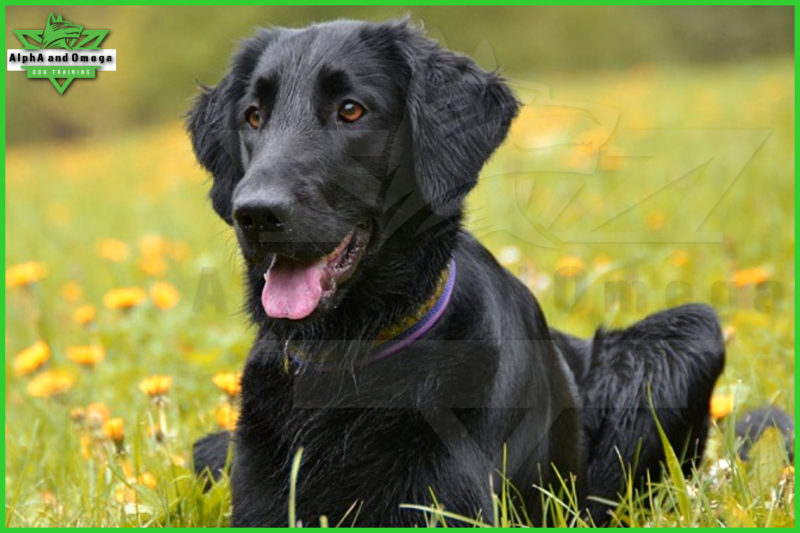
Whether they’re Black Labs, Chocolate Labs, or Yellow Labs, they all share the same sense of stamina, strength, and obedience that makes them such a popular breed. Make sure to provide them plenty of space to run around and play as they come from a sporting group.
General Appearance:
The dense, hard coat comes in yellow, black, and a luscious chocolate. The head is wide, the eyes glimmer with kindliness, and the thick, tapering “otter tail” seems to be forever signaling the breed’s innate eagerness. Some basic structural features are as follows;
- Friendly, Active, Outgoing
- AKC Breed Popularity: Ranks 1 of 197
- Height: 22.5–24.5 inches (male), 21.5–23.5 inches (female)
- Weight: 65–80 pounds (male), 55–70 pounds (female)
- Life Expectancy: 10–12 years
- Group: Sporting Group
The sweet-faced Labradors usually get along pretty well with the neighbor dogs and other animals.
Let’s list the pros and cons of this breed:
These dogs are very intelligent and are a great source of therapy or assistive dogs. They can easily be trained as they are people-oriented.
But they can shed a lot on average. The Labradors also require a high amount of exercise in order to maintain a healthy weight and mental happiness.
Despite the fact that they can have a high potential for destructive behavior to get out excessive energy, veterinarians still recommend them as the best family dog.
“Newfoundland”
The massive Newfoundland is a large, powerful working dog generally known as “Nature’s Babysitters” and also known as “Nanny Dogs.” They are one of the intelligent breeds who adore a family with children. These pets are extremely willing to adjust in homes with large empty spaces to exercise. Their big size can cause trouble if they are not properly trained. However, they are exceptional swimmers having incredible water rescue ability.
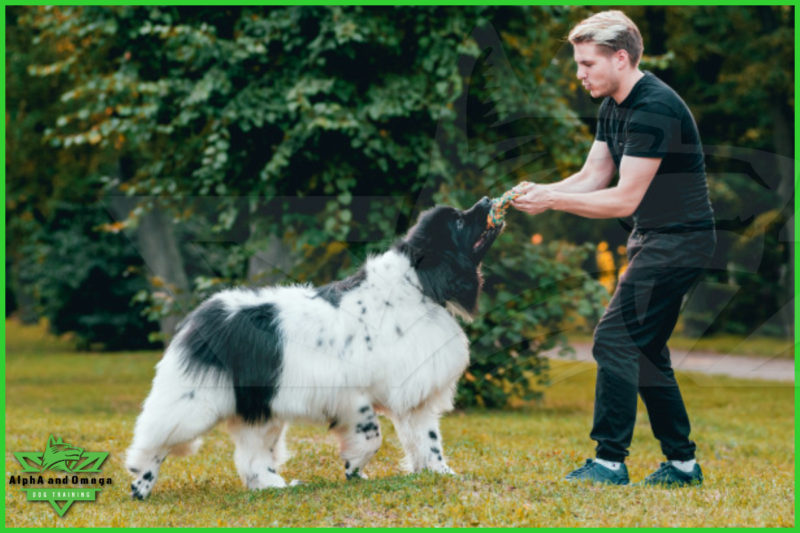
General Appearance:
This dog breed has a double coat. The outer coat is coarse and flat. The undercoat is soft and dense. The oily water-resistant quality of the coat increases its love to be in the water. Colors are black, black with white splashes, and brown with white splashes. They shed twice a year; therefore, they require an extra amount of care. Their grooming can be quite challenging as they require daily to weekly brushing with a hard brush. Prevent the Newfoundland from constant baths as this might result in the scraping of their natural oil. However, use dry shampoo if necessary. Some basic structural features are as follows;
- Temperament: Sweet, Patient, Devoted
- AKC Breed Popularity: Ranks 40 of 197
- Height: 28 inches (male), 26 inches (female)
- Weight: 130–150 pounds (male), 100–120 pounds (female)
- Life Expectancy: 9–10 years
- Group: Working Group
This fur baby also comes along with some advantages and disadvantages. They are extremely protective and can keep a good watch. They are extremely tolerant and calm when it comes to children. But, they can also be a bit tricky as they shed and drool a lot. They require extra attention and care when it comes to their grooming.
Although they are known to drool and shed excessively, they should not be left to live outdoors in the yard (no dog should). They are task-oriented, so don’t be afraid to provide a piece of work on their part.
Rescue dogs
People often judge rescue dogs through their past; however, many of them are the real ones who are waiting for their forever home. They are always grateful to be found by a loving family. Most of the time, the rescue dogs are always active, friendly and willing to be accepted.
Conclusion
Many shelter homes arrange meet-ups where families connect with dogs and interact with them so that they can find the perfect fit for themselves. Shelters should allow families to foster a dog for a day or two so that they could have an exact idea regarding the dog, and this will also provide a level of comfort to the dog. Therefore, one should always consider the lifestyle of their family and find a suitable companion.
Reference: {https://sanahussain1996.medium.com/three-best-dog-breeds-for-a-family-d2142a309679}
Let’s talk about what dog your family would love — or how to get your dog well-trained and get you well-versed in how to manage it. Lead your pack! Our professional dog training will help you grow your bond with your dog. Connect with us on Facebook https://www.facebook.com/

